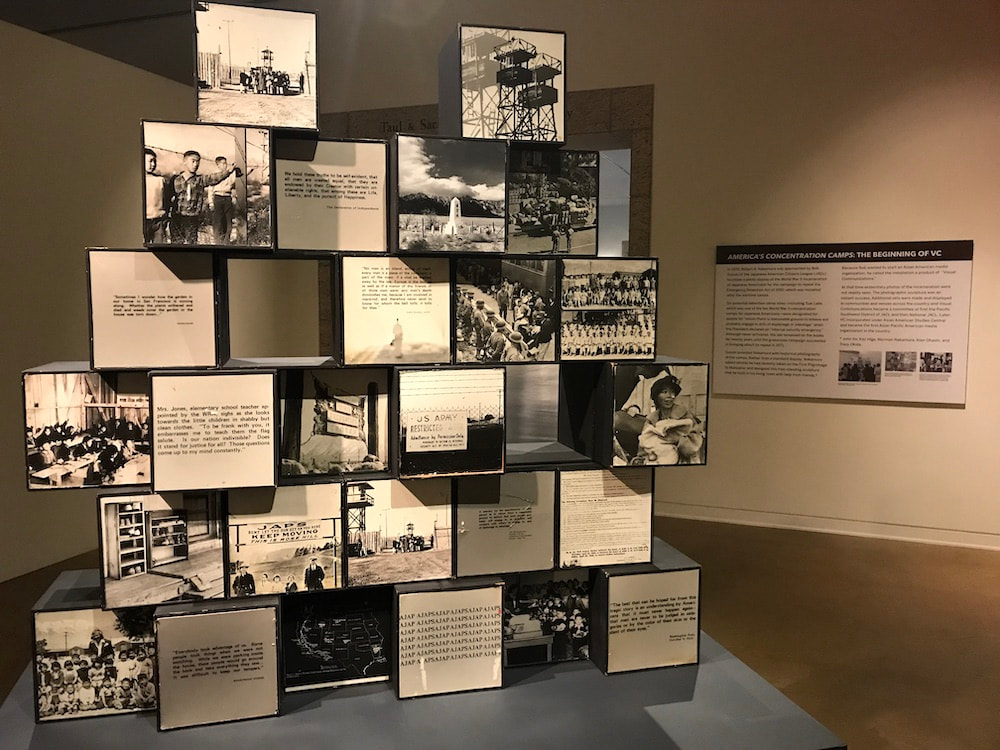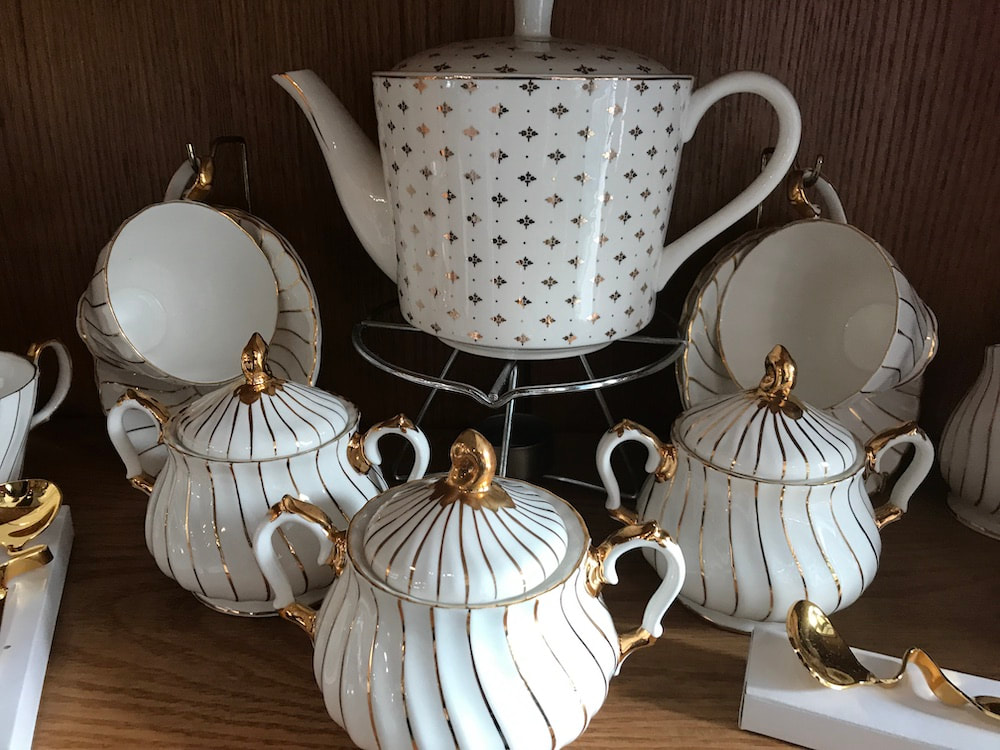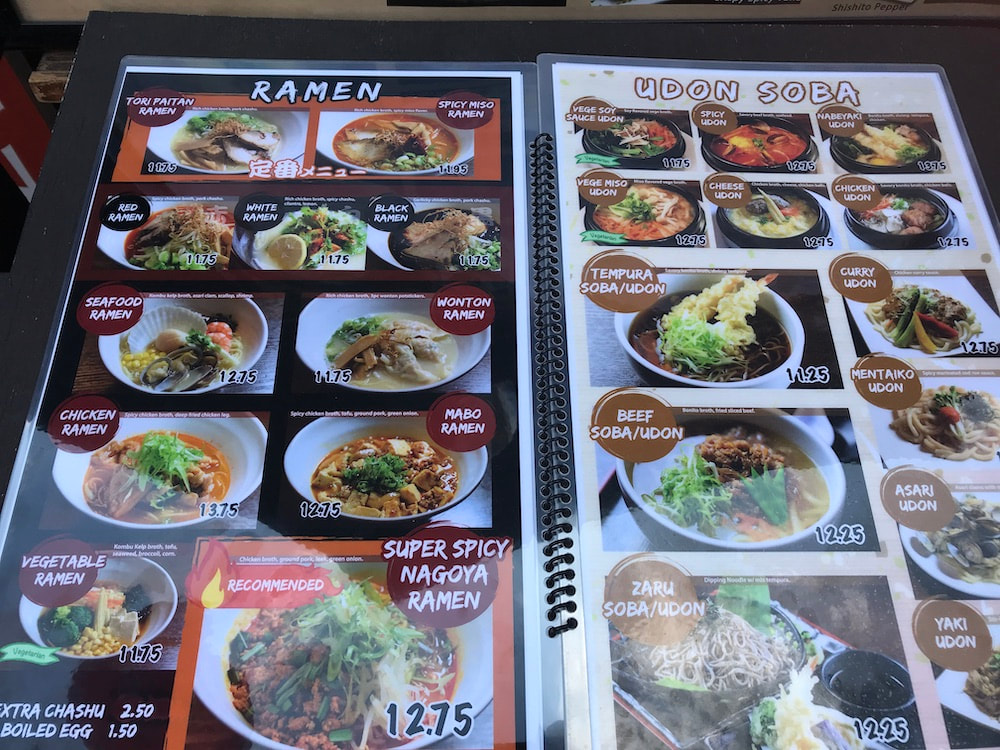|
Located conveniently across the street when you get off at Little Tokyo station on the Gold Line, this museum’s permanent exhibit offers a much-needed introduction to the role of the Japanese community in the US. While this occupies prime square footage, there are other visiting or rotating exhibits as well. The museum is open to the public all week long but offers free entry every Thursday 5pm-8pm and full day free entry on the third Thursday of the moment. They do have a donation box out to pay what you can/want at the entrance.
For me, seeing the exhibit titled Common Ground: The Heart of the Community was an eye opener as I had limited knowledge of US history in general and especially relating to the different communities contributing to the local economy and culture. All of my education was divided between India and Oman, and even in Oman I went to a school for Indian kids, so our history lessons provided sort of an overview of world history but then almost entirely focused on Indian history and in no way tried to relate that to anything current, which is kind of a downfall of that educational system in a way.
The exhibit is very clearly organized so simply look for the numbers along the display area and you will see that there is a clear path for you to follow the storyline of the community and all that they experienced. All descriptors are in English and Spanish so if you speak any other language, you might want to check at the front desk. Some visitors appeared to be wearing headphones with translated narration so that could be what you’d need to ask for. It is always interesting to me how a group of people find themselves sin another place that is not their own and then work to make that experience theirs – I certainly learned a lot about the first Japanese to arrive in America, the war, incarceration and present day community.
As somewhat of an extension to this is another exhibit titled At First Light, which is a multimedia presentation exploring the Asian Pacific American identity. The audiovisual wall panel at the end as you exit this space is pretty innovative so don’t miss out. The other exhibit on right now is on Mark Nagata’s Journey though the World of Japanese Toys, which looks at the kaiju characters and toys in Japanese culture and one toy designer’s life experience. If you are a comic book fan, love cartoons or toy design, or any related fields, this would totally be your cup of tea.
Speaking of which, the Chado tearoom here is a hidden gem that I recommend enjoying before or after your visit to the museum. You actually don’t have to enter the museum to get to the coffee shop. There is a separate entrance from the outside or after you enter the museum and before the front desk. I suggest after if you want to rest your feet from walking around the museum – the space isn’t very big compared to some other venues but it’s a decent size for a community and cultural focus. There is a little water garden space attached to the tearoom which is also a pleasant surprise.
They offer tea and pastries but also full-fledged menu with a few meal options and also a high tea if you are so inclined. I enjoyed their regular high tea while getting some reading accomplished and spent a good hour at least in there. The space isn’t too large but also wasn’t to crowded late afternoon on a weekday so definitely not a noisy spot. I will warn you ahead that they have a darling collection of teapots, cups and other accessories that I would have splurged on if I hadn’t traveled by train that day.
The museum store has a lovely collection of goodies so for unique gifts or something specific to the culture, this is a great spot. I enjoy the creative gifts you can purchase at museum stores and this one, albeit tiny, had a might fine collection to offer. Additionally, they have a pretty large resource center here that you can ask to visit for research or reference and you can check their website for any special programming like talks, walks, screenings, etc. If you have time to spare, head on down the street into Japanese Village Plaza Mall – you will see diagonally across from the museum entrance. It’s a great concentration of Japanese restaurants, bakeries, ice cream shops and small gift stores. I hear some of the best-rated Japanese restaurants are located along the stretch right outside the museum but didn’t have a chance to head there when I visited.
Instead the husband and I chose to head to the area for date night another day. We grabbed drinks at Far Bar, dinner at Kagura Downtown (their entrée bowls are delicious) and then dessert at an ice cream truck right there called Merci Clement. A little detour into the mall gave us an unexpected surprise (see image below for the four legged star attraction!) and we did want to stop by the bakeries for some steamed curry buns but were too late so we will just have to come back another day. Saw plenty of street parking available and I believe there is parking available at the mall as well but if you choose to get there by train then remember to look up the schedule so you can time your ride away from there.
I will be heading back again and often to enjoy more of Little Tokyo area. If there are any spots I must visit where restaurants or other places of cultural and historical interest, please let me know in the comments below. Is there a Japanese museum near where you live? I’d love to know if I ever do visit your area. So leave those details in the comment below as well. Arigatōgozaimashita (that’s the one word I learned to say perfectly during my visit to Japan in 2015!).
1 Comment
10/8/2019 11:14:51 pm
Thanks for the information <a href="https://www.keepdownloading.com/how-to-download-video-from-twitter.html">Twitter Video Downloader</a> is the best way for the video download in the twitter video visit our website.
Reply
Leave a Reply. |
|







 RSS Feed
RSS Feed